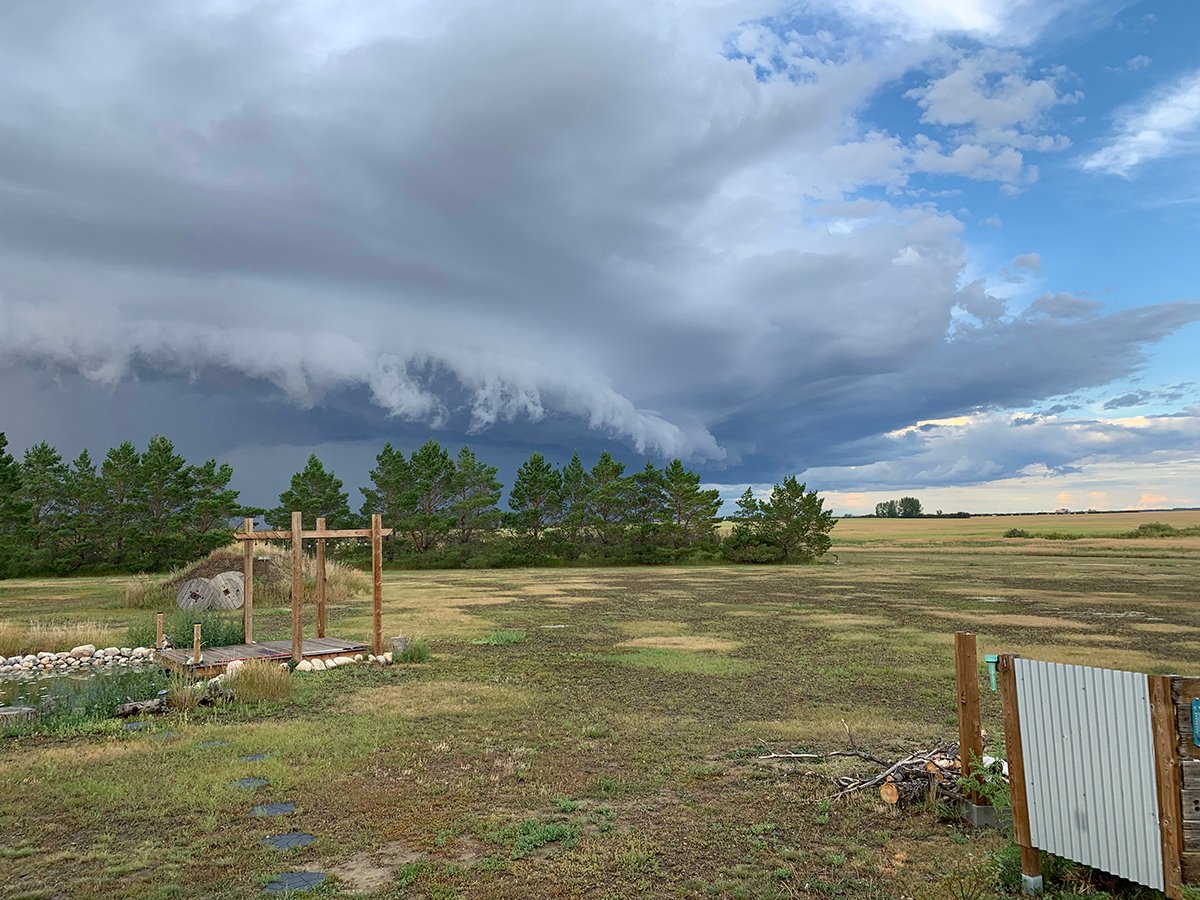Health and education are always the big spenders in the Saskatchewan budget, and this year will be no exception.
Health spending for fiscal 2013-14 is estimated to be 42 percent of total government expenses at a record $4.8 billion.
Education comes in at nearly $1.8 billion.
However, school boards say the modest 2.3 percent increase in operating money for kindergarten to Grade 12 education is not enough to deal with increasing enrolments and improve student achievement.
“It’s a status quo budget at best,” said Saskatchewan School Boards Association president Janet Foord after the March 20 budget speech.
Read Also

Storm dynamics and extreme rainfall
Besides moisture, instability and orographic lift, the next biggest factor that contributes to heavy or extreme rainfall is storm dynamics.
She said the province accepted responsibility to fully fund education when it changed education property tax and set a provincial mill rate. The changes left boards on a fixed income.
“That doesn’t give us the ability to respond to local challenges and needs very easily,” she said.
Funding for capital projects previously announced include Hudson Bay, Leader and Martensville. The budget also allocates money to plan new schools in Langenburg and Gravelbourg.
The overall health increase is 3.5 percent or $162 million. Seventy percent of the health budget goes to pay salaries.
The budget included funding to regional health authorities, enhanced cancer care and the province’s surgical initiative and allocated $23.6 million specifically for rural health services:
- $10.5 million in continued support for STARS helicopter ambulance
- $9.8 million for improved access to primary health care and the introduction of collaborative emergency centres,
- $3 million for the rural physician locum pool and
- $250,000 for the rural family physician recruitment incentive program.
Capital projects in rural areas include continued construction of co-owned long-term care facilities in Biggar, Kelvington, Kerrobert, Kipling, Maple Creek and Prince Albert.
As well, construction will continue on health authority owned facilities in Radville, Redvers, Rosetown, Shellbrook and Tisdale.














